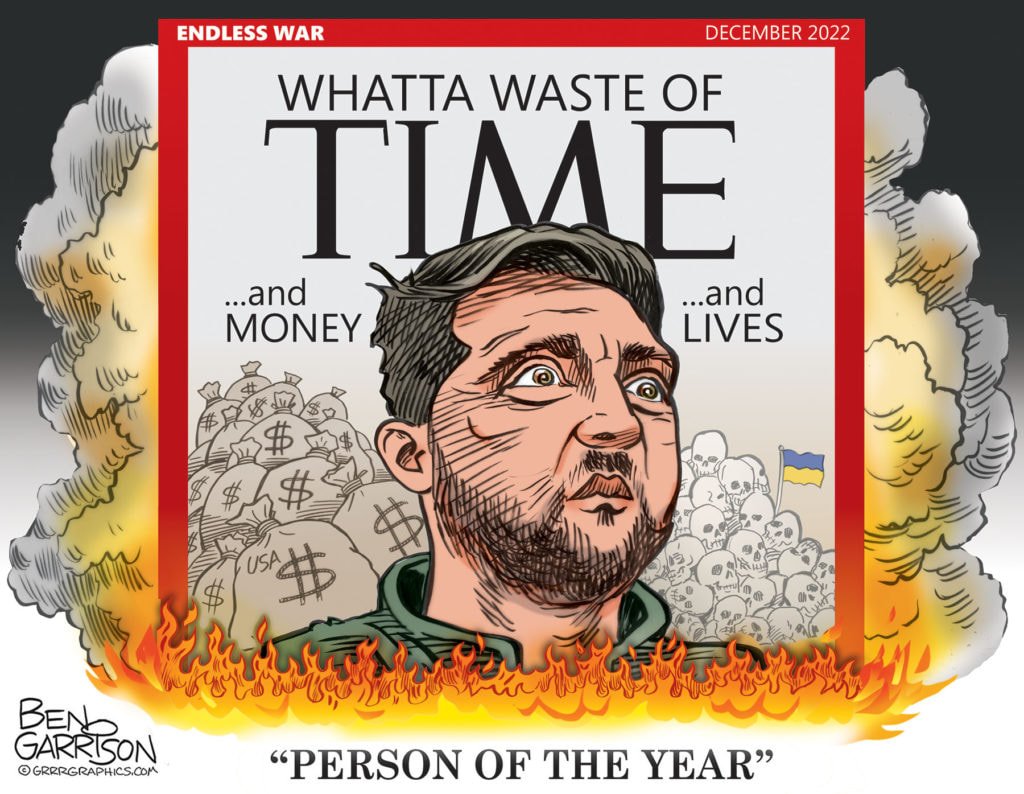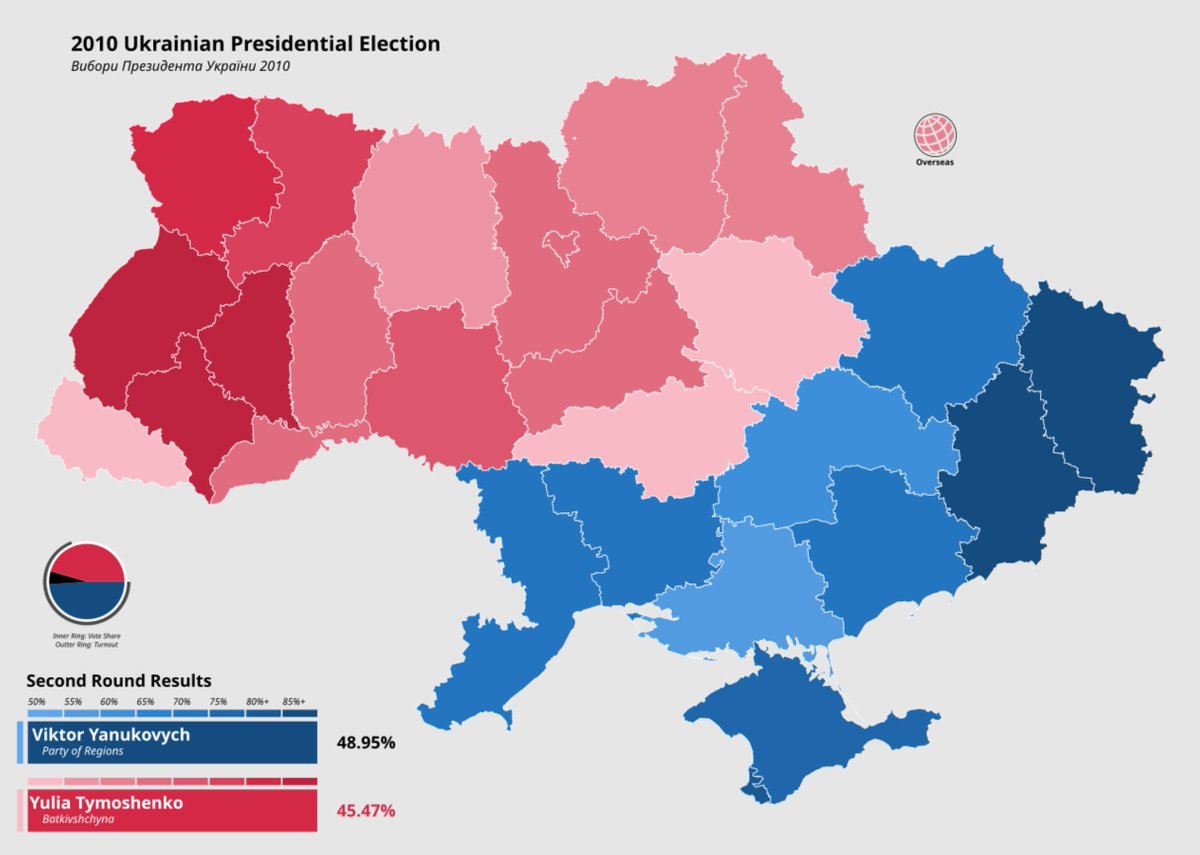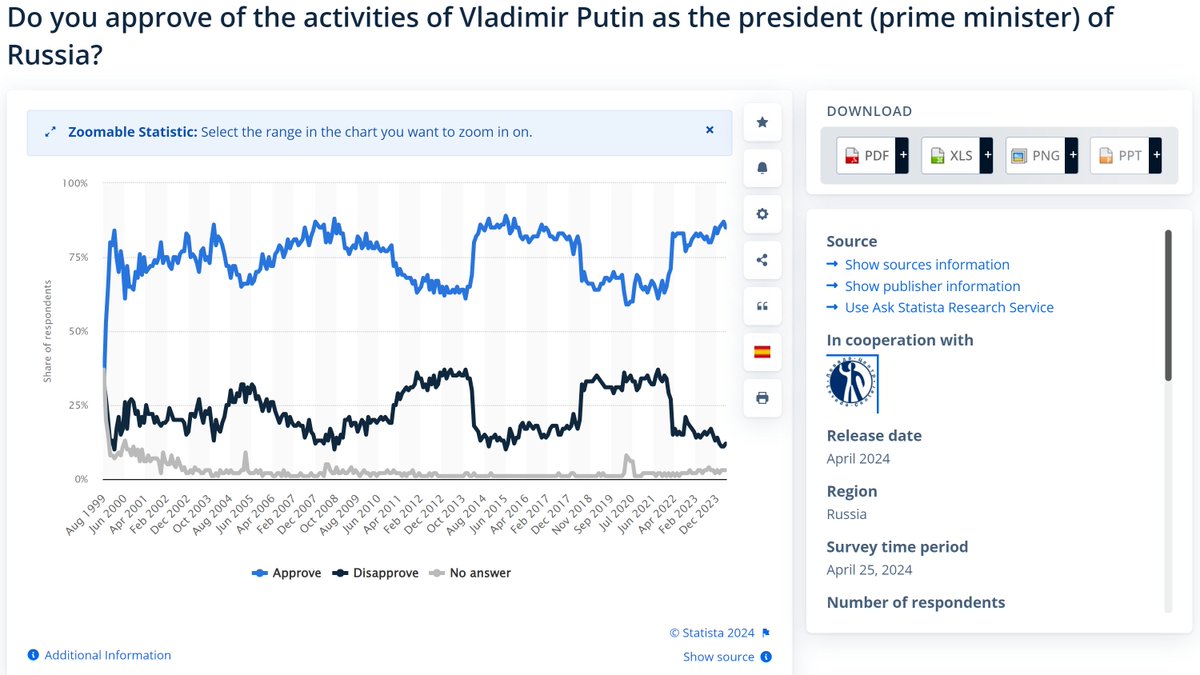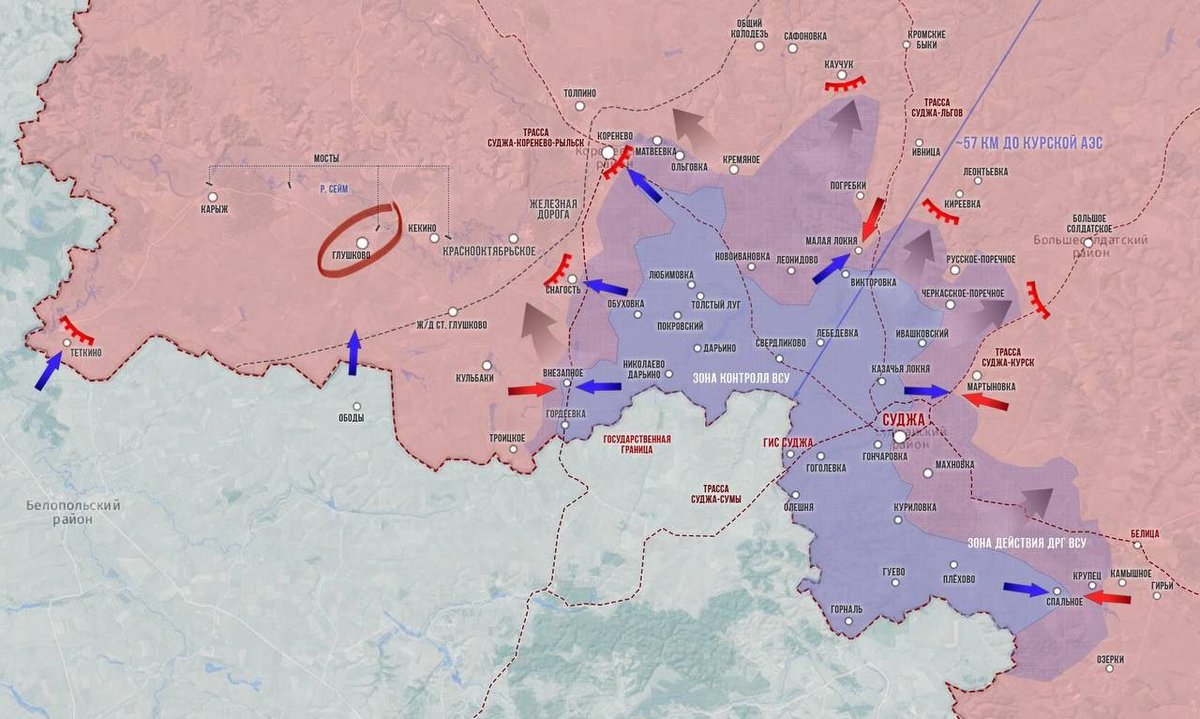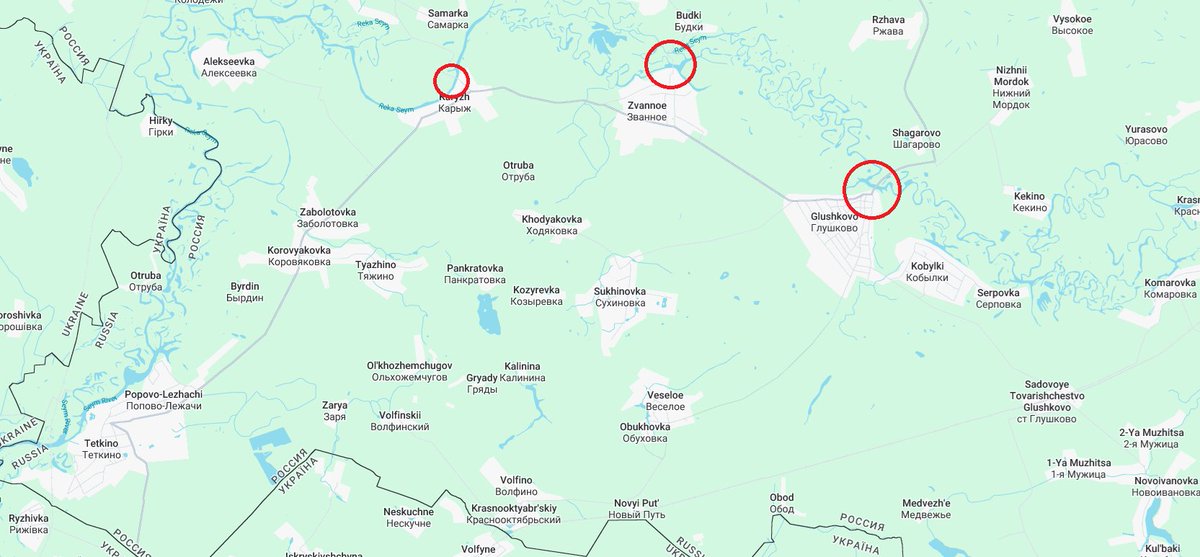A note about something I see low-information military commentators bring up pretty frequently - the "guns without bullets" fallacy. Namely the idea that raw counts of weapon systems alone are a valid measure of the current military balance. 

Where I usually see this is people trying to claim that NATO's committment to Ukraine represents only a small fraction of its combat power, because NATO members have retained many more weapon systems than they have donated.
Ukraine only has 40 HIMARS while the US has 400, etc.
Ukraine only has 40 HIMARS while the US has 400, etc.

This is true inasmuch as you're talking about "guns." But guns need bullets, and NATO is currently running its reserves dry and its military industry at maximum to keep the systems the UAF currently has on hand supplied with even a minimum amount of ammunition. 
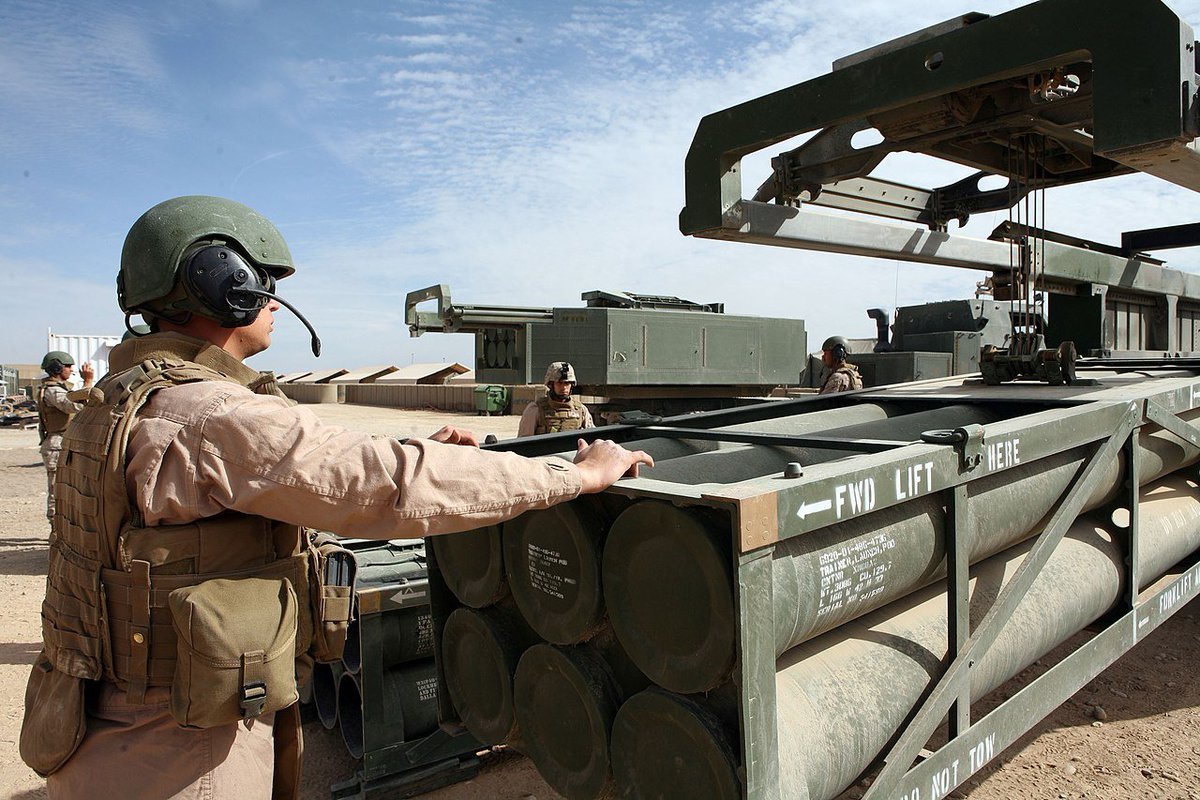
I recall a Ukrainian official said recently that NATO is only supplying something like a third of what they could potentially fire with the systems they already have on hand.
And there are no real prospects for this to resolve in a meaningful way any time soon.
And there are no real prospects for this to resolve in a meaningful way any time soon.

The implications of this state of affairs for a wider conflict are extremely dire - because while NATO may have more guns to fire with, the Russians can expect to only face about the same amount of bullets coming uprange as they currently are in Ukraine. 

Armies without artillery don't win, and artillery pieces without ammunition are very expensive decoys.
So to my point: the critical question in assessing the military balance isn't just how many weapon systems you have but how sustainable those systems are in combat.
So to my point: the critical question in assessing the military balance isn't just how many weapon systems you have but how sustainable those systems are in combat.
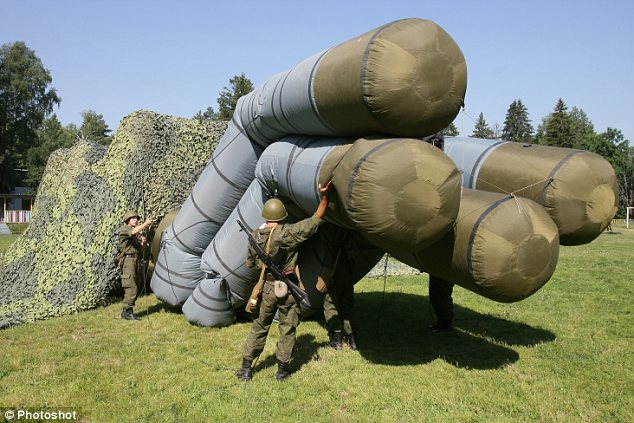
And figuring that out requires some detailed knowledge of industrial and logistical backend issues - which is why lazy commentators just count systems and call it a day.
That was acceptable once, but this is an age that requires more serious analysis.
That was acceptable once, but this is an age that requires more serious analysis.

• • •
Missing some Tweet in this thread? You can try to
force a refresh












